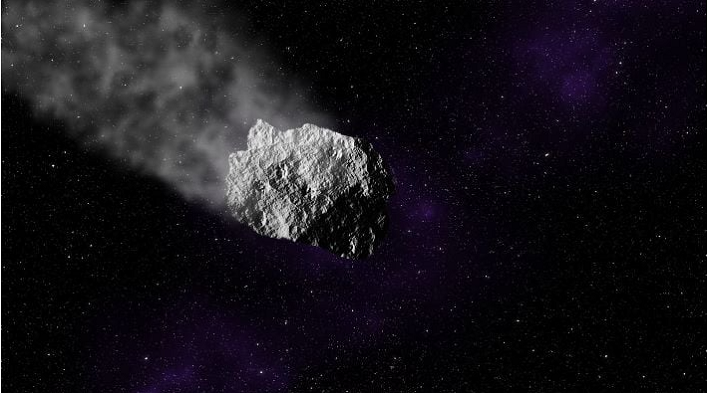
The Gemini South telescope, commissioned over two decades ago, continues to contribute significant astronomical findings. On February 7th, it captured a new image of Asteroid 2024 YR4, which ultimately resulted in a revised projected probability of Earth impact to 1 in 48 by 2032, from the previously estimated 1 in 83. This observation was conducted from the telescope’s home base at an altitude of about 2,720 meters above sea level in Chile.
Astronomers are actively tracking Asteroid 2024 YR4, and ongoing observations will likely refine our understanding of its trajectory and characteristics. While detailed analysis is still underway, preliminary data has been released, providing approximate measurements of its size and current distance. The asteroid is currently estimated to be approximately 37 million miles from Earth and has a diameter of roughly 54 meters. This size is relatively small when compared to other near-Earth asteroids, particularly those exceeding 500 meters in diameter, which have been previously documented and tracked.

However, there are some observational challenges. Due to its small size and great distance from the Earth, the asteroid remains faint even when observed with a large telescope like Gemini South. When its image was captured, there was 70% moon illumination which increased the sky’s background light. This light makes it even more difficult to detect an asteroid of such a small size. Therefore careful and sustained observation is crucial to maintain track of this asteroid.
Following the discovery, NASA scientists are also actively monitoring the asteroid to determine its precise impact trajectory and developing deflection strategies for a potential collision. NASA is collaborating with international organizations to raise awareness and mobilize support, minimizing the potential for a serious impact. Though the possibility of an asteroid hitting the earth is statistically rare, this proactive response remains a prudent course of action.